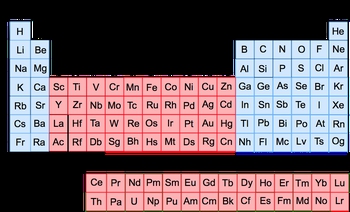The periodic table organizes elements into rows, known as periods, and columns, referred to as groups. Within these groups, elements can be classified as either transition metals or representative elements. Transition metals are located in groups 3 to 12 and are characterized by their ability to exhibit varying charges. For instance, manganese (Mn) can have a positive charge ranging from +1 to +7, depending on the element it bonds with. This variability in charge is a defining feature of transition metals.
Additionally, there are inner transition metals, which are found between lanthanum (La) and hafnium (Hf), as well as between actinium (Ac) and rutherfordium (Rf). These elements are still classified as transition metals but are distinguished due to their placement within these specific pairs. Transition metals are also referred to as group B elements, allowing for further classification within groups 3 to 12. For example, group 3 can be labeled as 3B, group 4 as 4B, and so forth. Groups 8, 9, and 10 are collectively known as 8B, while group 11 is designated as 1B and group 12 as 2B.
On the other hand, representative elements encompass the remaining elements not found in groups 3 to 12, specifically those in groups 1, 2, and 13 to 18. These elements are sometimes called group A elements or main group elements. For instance, group 1 is classified as 1A, group 2 as 2A, and this classification continues up to group 8A. Understanding this classification helps in recognizing the distinct properties and behaviors of different groups of elements within the periodic table.


